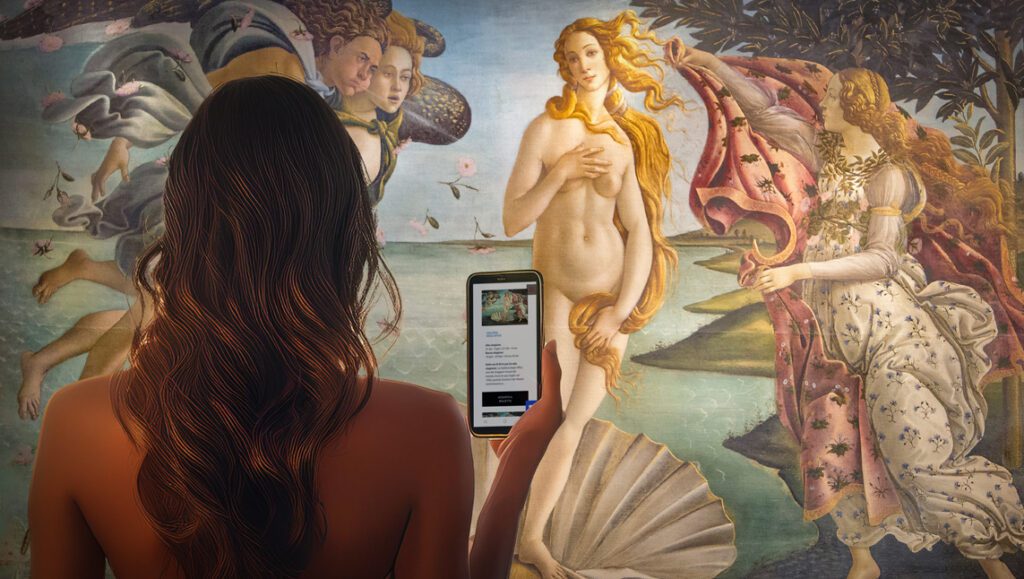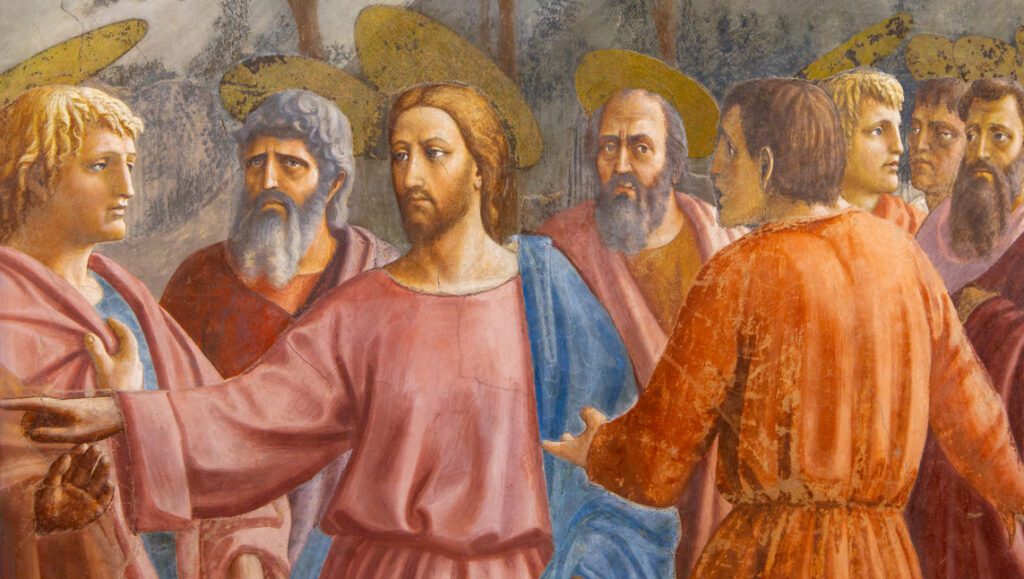
The Imago pietatis: the Donatello’s icon of humanity in Florence
In what I feel I can define as the “increasingly surprising” exhibition dedicated to Donatello in Florence, at Palazzo Strozzi and the Bargello Museum – in which the human key feature of the subjects portrayed by the great artist is revealing itself to me as I go forward with the study that I am dedicating to it – the relief of the Imago pietatis (cat 9.1) present in the exhibition and coming from the Victoria and Albert Museum in London certainly deserves a particular mention.
The plate in Donatello’s exhibition in Florence, conventionally dated to 1435, is of a remarkable power of forms and gestures, capable, as Aldo Galli writes in the catalogue of the exhibition, of sparking off «the most highly poetic ideas of fifteenth-century Italian art» , especially for the different versions of the theme that the Venetian painter Giovanni Bellini will make of it, such as the painting of the homonymous subject brought to Florence in the occasion (cat 9.3) and coming from the Correr Museum in Venice.
Exposed just a few metres from each other, the marble and the painting show of the Christ’s body, albeit in a not very marked chiaroscuro, all its gravity: it is «propped up by dismayed angels» and expresses a new lexicon of physical pain as it was not seen before: the arm that falls towards the parapet in Giovanni’s painting, in Donatello is still behind the frame but still dramatised by the veins in shadow.
The little angels are then of a disarming emotionality: almost a capricious child deprived of his toy, the one on the left has burst into tears, unable to hold back the tears (is is clearly visible his shiny eye); with one hand he hides the tears in his face while with the other he stops the Christ’s head just in time, before his body gives way completely. On the other hand, another little angel is perhaps reproaching the first for his weakness, or perhaps he too is contributing to weep in this collective lament which is that of all humanity.
The unsightly folds of the skin of Jesus’ body remind us that here it is not the solemnity of a Greek tragedy that is staged but the drama of a God made man who has taken upon himself all the misery of man’s mortal nature.
The sweet humanity of Christ
In the relief of the Imago pietatis in the Donatello exhibition in Florence, the Christ’s body is turned with the trunk to the left; the head held with the hand by the angel reveals a profile of disconcerting sweetness: now lifeless, the son of God has his nerves relaxed and shows features that are light years away from those pathetic caricatures that were known in the Imago pietatis‘ iconography .
Behind the angels in the foreground is visible – as if they were figures painted thanks to the Donatello’s stiacciato – a corridor of creatures that in some cases seem to protrude, in others they seem to flee as if trying to find help so that someone can revive the body of the Saviour; their restlessness reminds us of the analogous theme addressed by Donatello with the “spirits” of his Cantoria for the Duomo of Florence.
This relief is one of the passages that most communicates Donatello’s penetrating humanity, an example of how much attention and admiration the works exhibited in the Palazzo Strozzi and the Bargello exhibition deserve, which we will go to see with a dedicated guided tour⟣



